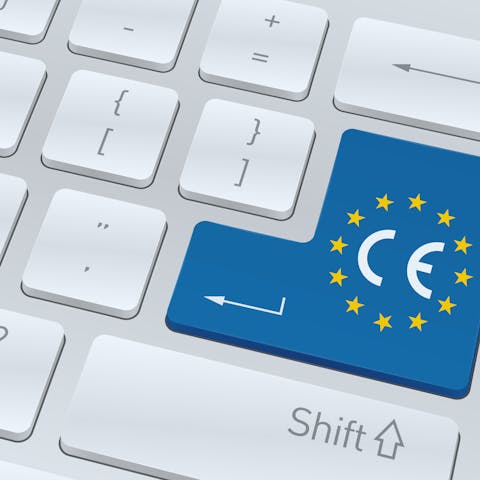
How the COVID-19 crisis changed my perception of the medical device regulatory framework
Covartim
Before the COVID-19 crisis
I live in Belgium, where the MedTech is booming, with a lot of startups and small and medium-sized enterprises (SME) being active in various fields. The path to make a medical device available on the market was clear. Everything was pretty much running as it should be: the need of CE mark, the role of notified bodies and of our national competent authority (FAHMP) were pretty straight forward.
Then it happened.
During the crisis …
In the course of February – May 2020, while fighting the coronavirus, our country faced shortage of specific medical devices that were used on a daily basis by healthcare professionals. We were not only running out of masks but also closed-loop aspiration systems, swabs, connectors, valves, etc.
Being part of multiple task forces, operating at federal and private levels, I noticed that all were seeking an answer to the lack of devices. I also closely witnessed two parallel levers: the first one was driven by Belgian medtech companies that temporarily reoriented their production to provide critical support to face the shortage crisis while the second one gathered industrial companies, researchers and even citizens, who deployed ad hoc solutions using local resources. I had never seen such interest for medical devices in my country!
In both cases, we were confronted with the biggest challenge of all time:
despite great initiatives, there was simply no time enough to follow the classic process to launch a new product on the market. It seems pretty forward to think that if you have a solution that can save a life with no other alternative, getting the CE mark should not be the priority. However, no matter how bad the situation is, regulations and rules are to be followed to ensure safety and performance of any new medical device. Up to that point in time I had been thinking that the regulatory framework was too straight to bend; I was wrong. On top of EU recommendations to allow the temporary usage of non-CE marked devices in the heat of COVID-19 battle, our national competent authority - FAMHP - delivered several guidelines and together with the Belgian authorities elaborated a special-temporary-framework in order to give hospitals access to new solutions that had not followed the traditional regulatory pathway. Their goal was not to kill the multiple initiatives but rather to rationalize and put boundaries where needed.
I regarded this as a great token of taking responsibility which was definitely encouraging for many actors, us included. As we are an engineering company specialized in medical devices development, we contributed to several workgroups and also supported directly companies building up products to palliate to the shortage. So whenever possible, and while still ensuring proof of safety and performance, we applied this special-temporary-framework to help the supply of critical material to hospital with quite some success. As expected, this scheme allowed the delivery of products in record time and we believe this was decisive at the peak of the crisis.
… and after
I believe that when the situation will be closer to normal, regularly CE marked products will resurface. During the pandemic CE marked products were of course still circulating, but there were other products circulating alongside them. These latter products entered the Belgian market via emergency procedures, and these products will need to either disappear or undergo CE marking once the crisis passes. I am sure that with a strong government willingness to develop sustainable local production capabilities of some critical medical devices, new stakeholders will emerge to help our country to prepare in the future. In the meantime, we should stay on good tracks!
Author
Kyun Thibaut, Managing Director, COVARTIM
